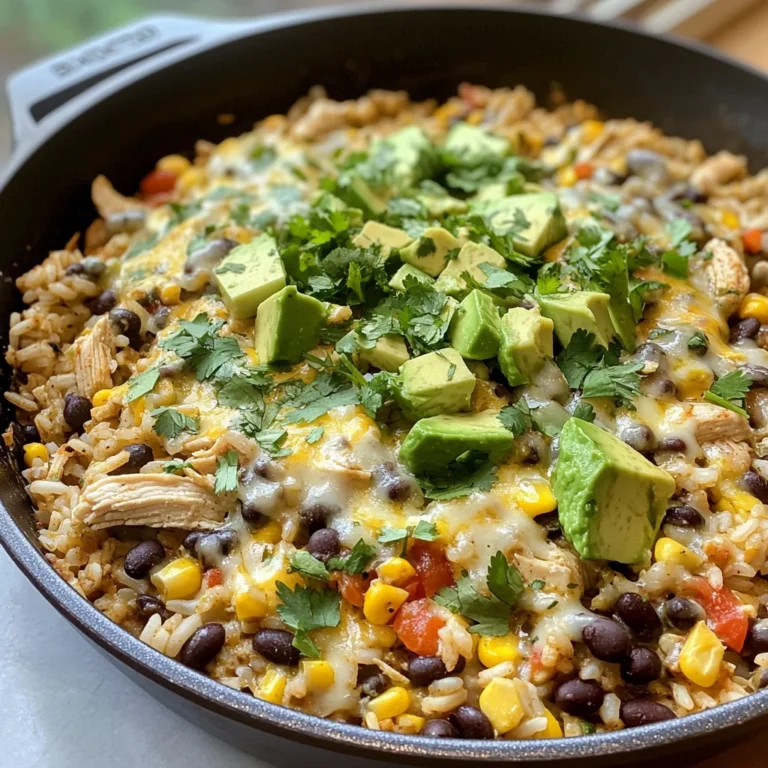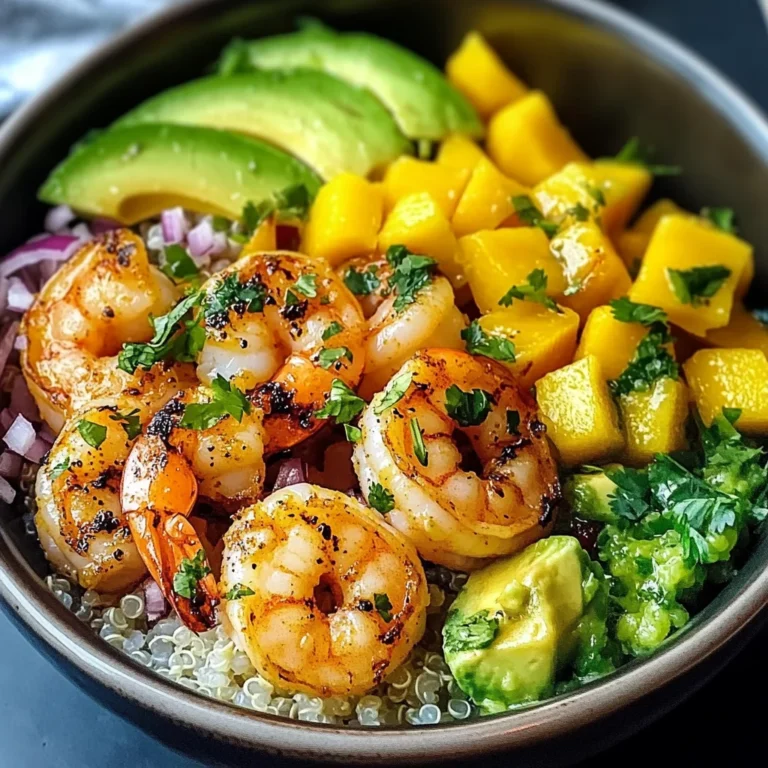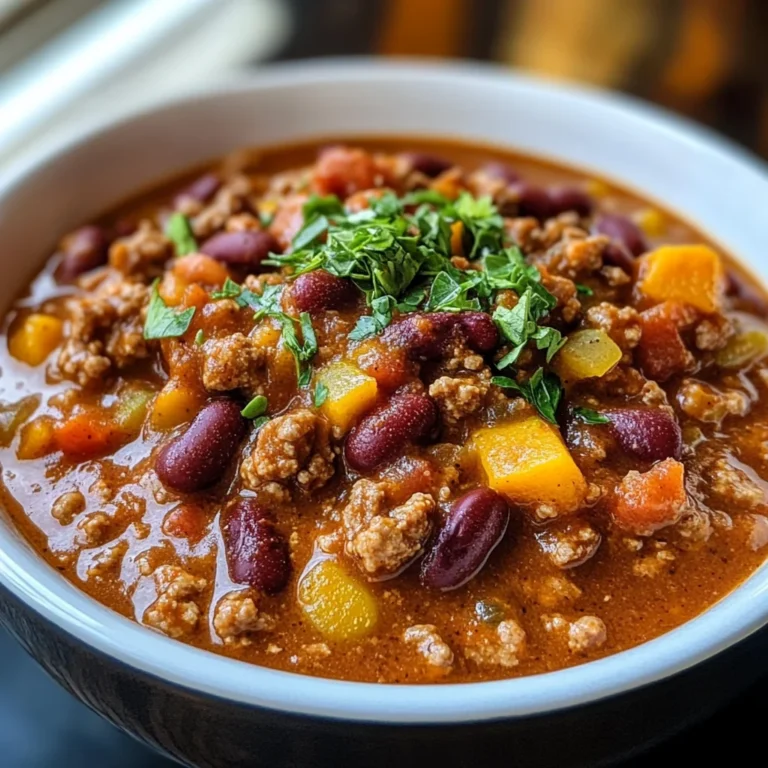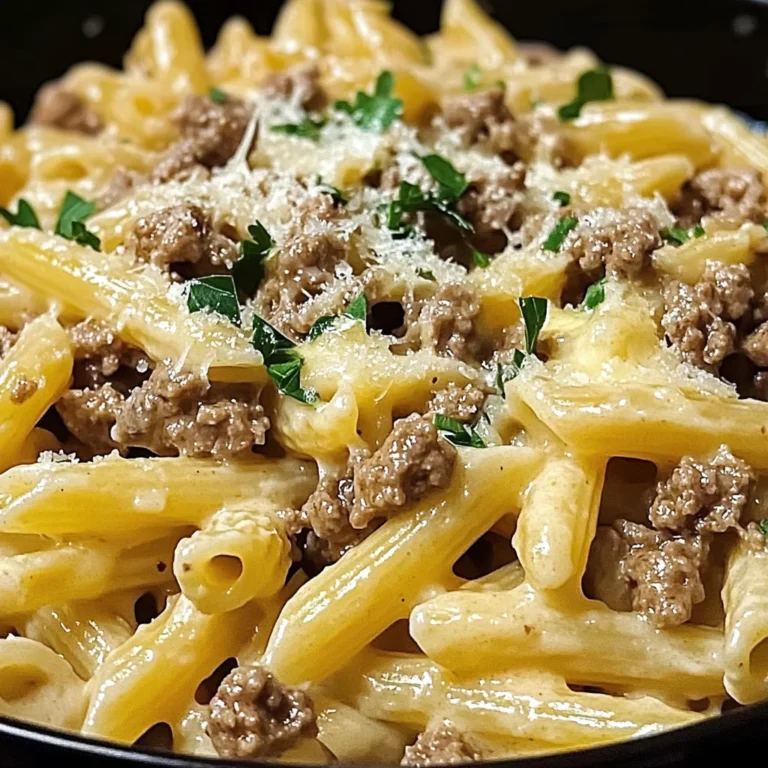Japchae
If you’re looking for a delicious and satisfying dish that brings joy to the table, Japchae is just the thing! This traditional Korean recipe combines chewy sweet potato glass noodles with vibrant vegetables and tender protein of your choice, all tossed together in a delightful blend of flavors. It’s a favorite in my home not just for its taste but also for its versatility; whether it’s a busy weeknight or a festive family gathering, Japchae fits right in.
What makes this dish so special is how easy it is to customize. You can switch up the protein—sometimes I use chicken or tofu depending on what I have on hand. Each forkful of Japchae is an explosion of colors and textures that will warm your heart and satisfy your cravings. Trust me, once you try this recipe, it might just become one of your go-to meals!
Why You’ll Love This Recipe
- Easy preparation: Japchae comes together quickly, making it perfect for weeknight dinners.
- Family-friendly appeal: With its delightful flavors and colorful veggies, even picky eaters will enjoy this dish!
- Make-ahead convenience: You can prepare the components in advance and toss them together when you’re ready to serve.
- Deliciously versatile: Whether you prefer beef, chicken, or tofu, you can easily adapt the protein to suit your taste.
- Nutrient-packed goodness: Loaded with veggies and lean protein, Japchae is as nutritious as it is tasty.
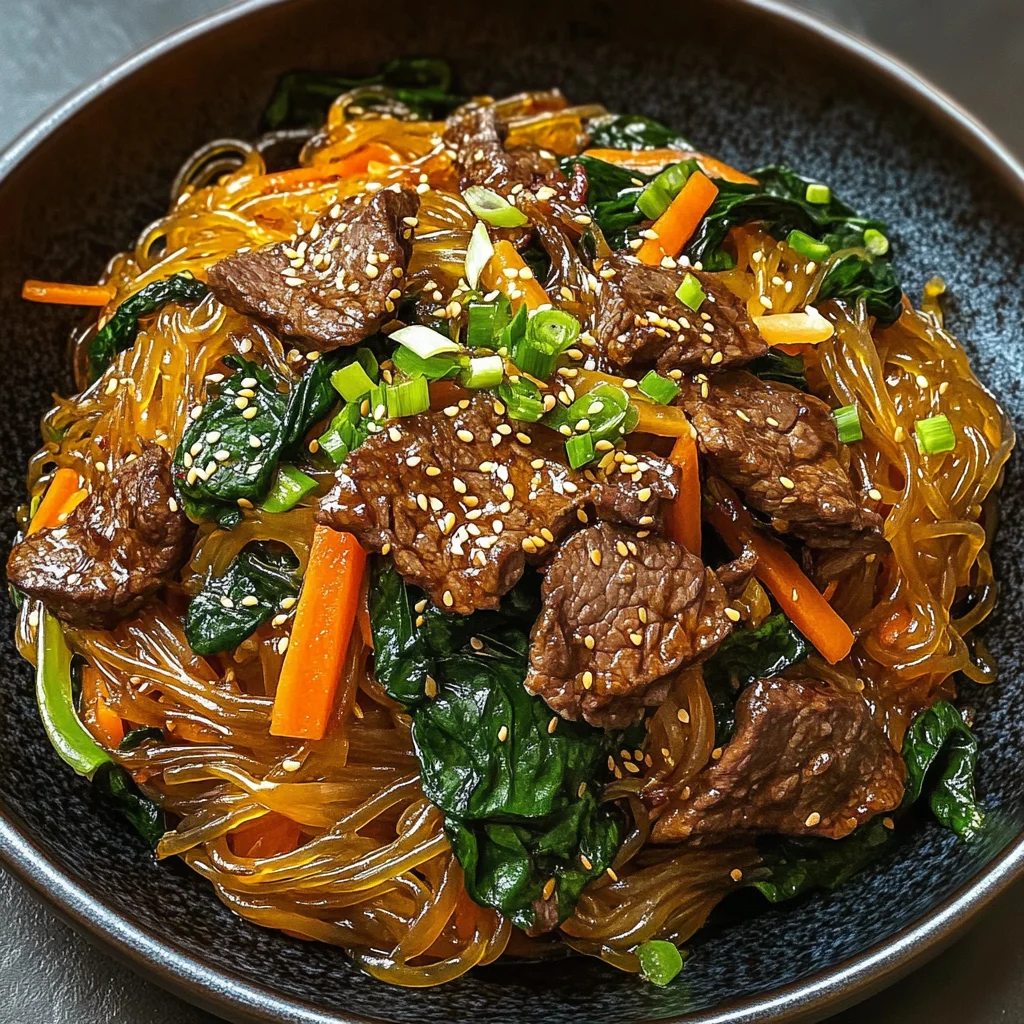
Ingredients You’ll Need
Let’s gather some simple, wholesome ingredients that come together beautifully in Japchae. These components create a harmony of flavors that will make your taste buds dance!
For the Noodles
- 2 lb thin-sliced beef (or sub with chicken, tofu, or shrimp)
- 1 lb Korean sweet potato noodles (glass noodles)
For the Vegetables
- 3 medium carrots, julienned
- 1 large white onion, thinly sliced
- 1/2 bunch green onions, chopped
- 6 garlic cloves, minced
- 1/2 lb spinach leaves
For the Sauce
- 4 tbsp sesame oil (divided)
- 1 tbsp olive oil
- 6 tbsp soy sauce (or tamari for gluten-free)
- 3 tbsp brown sugar
Variations
One of the best parts about making Japchae is its flexibility! You can easily tailor this recipe based on what you love or what you have in your pantry.
- Swap the protein: Try using chicken or shrimp instead of beef for a different flavor profile.
- Add more veggies: Consider adding bell peppers or mushrooms for extra texture and nutrition.
- Make it spicy: Stir in a little gochujang for heat if you’re craving something with a kick!
- Go vegan: Just swap out the beef for tofu and ensure your soy sauce is plant-based.
How to Make Japchae
Step 1: Prepare the Noodles
Start by bringing water to a boil in a large pot with a drizzle of olive oil. This step helps prevent sticking. Add the sweet potato noodles and cook for about 5-6 minutes until tender yet chewy. Once done, drain them well and set aside. Cooking them just right is key—they should have that perfect bounce!
Step 2: Cook the Beef
In a hot skillet over high heat, add your sliced beef. Cook until browned while seasoning with half of your soy sauce, sesame oil, and brown sugar. This adds flavor directly to the meat! Once cooked through and nicely caramelized, set aside. The aroma alone will have everyone excited!
Step 3: Sauté the Vegetables
In another skillet (you want those flavors separate!), heat olive oil over medium-high heat. Add your julienned carrots and sliced onion; sauté until they soften beautifully. Then stir in the remaining soy sauce, sesame oil, and brown sugar before mixing in garlic and green onions. Let everything cook together for another minute to meld those lovely flavors.
Step 4: Incorporate Spinach
Toss in fresh spinach leaves next—they only need a quick stir until wilted. Adding greens not only boosts nutrition but also adds a lovely color contrast against the other ingredients.
Step 5: Combine Everything Together
Now comes the fun part! In a large bowl, combine all your cooked ingredients—the noodles, beef, and sautéed veggies. Toss everything well so that every bite gets coated in that delicious sauce you’ve created. Serve warm with extra green onions on top if you like!
And there you have it—your very own homemade Japchae! Enjoy every flavorful bite with loved ones around your dinner table.
Pro Tips for Making Japchae
Making Japchae can be a fun and rewarding experience, especially when you know these handy tips to elevate your dish!
-
Use high heat for stir-frying: Cooking on high heat allows the ingredients to sear quickly, preserving their flavors and textures. This technique helps achieve that delightful contrast between tender veggies and chewy noodles.
-
Prep ingredients in advance: Having everything washed, chopped, and ready before you start cooking ensures a smooth cooking process. This way, you can focus on enjoying the moment rather than scrambling to find ingredients.
-
Customize your protein: Feel free to swap out the beef for chicken, shrimp, or tofu based on your preferences. Each option brings its own flavor profile and texture while still complementing the sweet potato noodles beautifully.
-
Adjust seasoning to taste: Everyone’s palate is different! Don’t hesitate to tweak the soy sauce or brown sugar amounts according to your taste preferences, ensuring each bite is just right for you.
-
Add a touch of spice: For those who love a kick, incorporate some gochujang or red pepper flakes during cooking. This will add depth and warmth to your Japchae without overwhelming its signature flavors.
How to Serve Japchae
Presenting Japchae beautifully can make it even more enjoyable to eat. Here are some ideas on how to serve this delightful dish:
Garnishes
- Sesame seeds: A sprinkle of toasted sesame seeds adds a nutty flavor and a nice crunch that beautifully complements the soft noodles.
- Chopped cilantro: Fresh cilantro provides an aromatic lift, enhancing the overall freshness of the dish.
- Lime wedges: Offering lime wedges on the side allows guests to squeeze a bit of citrus over their servings for added brightness.
Side Dishes
- Kimchi: A staple in Korean cuisine, kimchi offers tangy flavors that contrast nicely with the sweetness of Japchae. It’s also packed with probiotics!
- Korean pickled radish (Danmuji): These sweet and tangy pickles provide a refreshing bite, making them perfect alongside heartier dishes like Japchae.
- Cucumber salad: A light cucumber salad dressed in vinegar and sesame oil can balance out the richness of the main dish with its cool crunch.
- Steamed dumplings: Whether filled with vegetables or proteins, dumplings make for an irresistible side that pairs wonderfully with Japchae’s textures and flavors.
Enjoy making your Japchae and don’t forget to share it with friends and family—it’s truly a dish made for gathering!
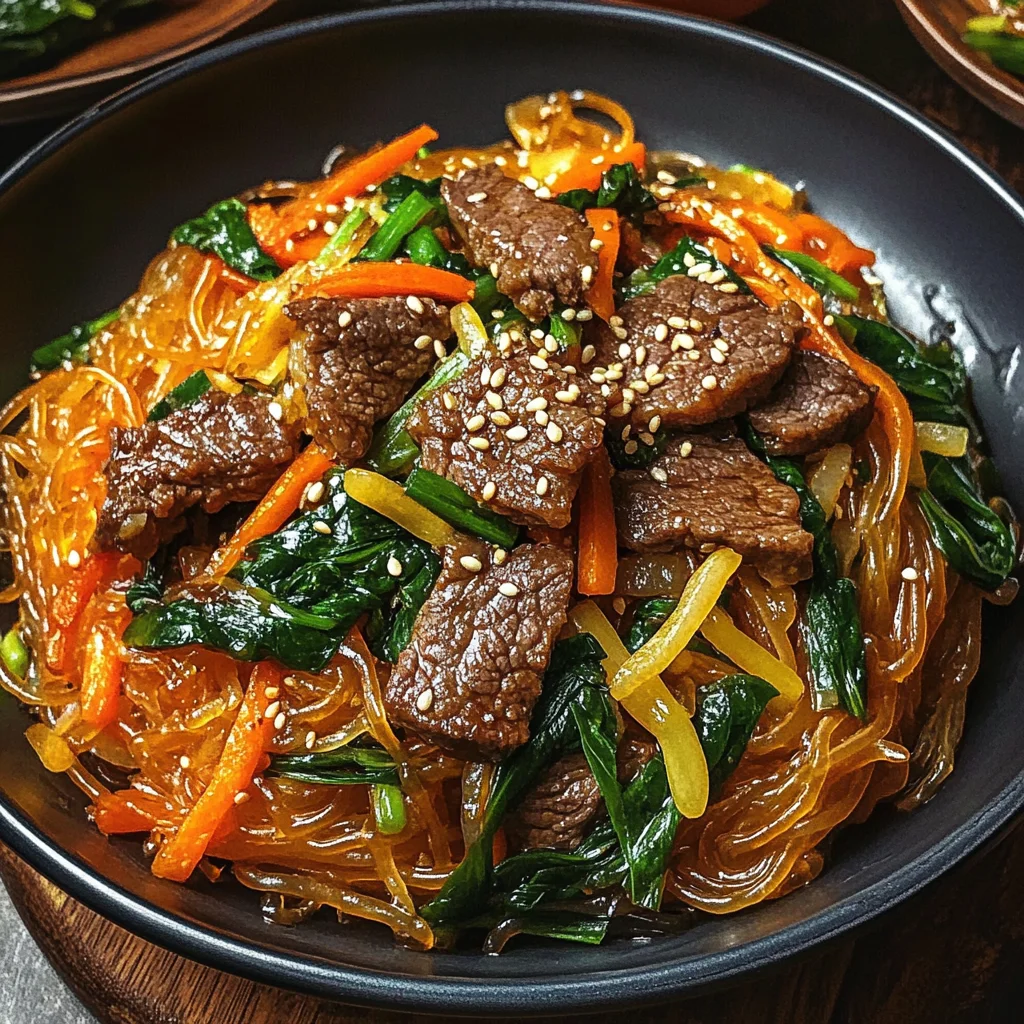
Make Ahead and Storage
Japchae is perfect for meal prep, allowing you to enjoy this delicious dish throughout the week. It’s easy to store and reheat, making it a convenient option for busy days.
Storing Leftovers
- Allow the Japchae to cool completely before transferring it to an airtight container.
- Store in the refrigerator for up to 3-4 days.
- To keep flavors vibrant, separate the noodles from the veggies if you prefer a fresher taste when reheating.
Freezing
- Allow Japchae to cool down completely.
- Place in a freezer-safe container or resealable bag, removing as much air as possible.
- Freeze for up to 2-3 months. However, note that the texture may change slightly upon thawing.
Reheating
- For best results, reheat on the stovetop over medium heat with a splash of water or extra sesame oil to prevent sticking.
- Alternatively, you can microwave in short intervals (about 1 minute) until warmed through, stirring occasionally.
FAQs
Here are some common questions about Japchae:
What is Japchae made of?
Japchae is primarily made using sweet potato glass noodles, vegetables like carrots and spinach, and a protein such as beef, chicken, or tofu. It’s seasoned with soy sauce and sesame oil for that distinctive savory flavor.
How do I customize my Japchae?
Feel free to modify your Japchae by adding different vegetables like bell peppers or mushrooms. You can also adjust the protein according to your preference—chicken, shrimp, or plant-based options all work well!
Can I make Japchae gluten-free?
Yes! You can easily make gluten-free Japchae by using tamari instead of regular soy sauce. Just ensure that all other ingredients are gluten-free as well.
Final Thoughts
I hope you find joy in making this lovely dish! Japchae not only tastes incredible but also offers a wonderful opportunity to explore flavors and textures. Whether you’re preparing it for a special occasion or just a cozy night in, this recipe is sure to bring smiles around the table. Enjoy every bite and feel free to get creative with your ingredients!
Japchae
If you’re searching for a vibrant and satisfying meal that brings both comfort and excitement to the table, Japchae is your answer! This traditional Korean dish features chewy sweet potato glass noodles tossed with an array of colorful vegetables and your choice of protein. It’s a versatile dish that adapts beautifully to any occasion, whether it’s a quick weeknight dinner or a festive gathering. Easy to prepare and packed with flavor, Japchae is a delightful way to enjoy wholesome ingredients while tantalizing your taste buds.
- Prep Time: 15 minutes
- Cook Time: 20 minutes
- Total Time: 35 minutes
- Yield: Serves approximately 6
- Category: Main
- Method: Stir-frying
- Cuisine: Korean
Ingredients
- 1 lb Korean sweet potato noodles (glass noodles)
- 2 lb thin-sliced beef (or chicken, tofu, or shrimp)
- 3 medium carrots, julienned
- 1 large white onion, thinly sliced
- 1/2 bunch green onions, chopped
- 6 garlic cloves, minced
- 1/2 lb spinach leaves
- 4 tbsp sesame oil (divided)
- 1 tbsp olive oil
- 6 tbsp soy sauce (or tamari for gluten-free)
- 3 tbsp brown sugar
Instructions
- Prepare the noodles: Boil water in a large pot and add olive oil. Cook sweet potato noodles for 5-6 minutes until tender yet chewy. Drain and set aside.
- Cook the beef: In a skillet over high heat, cook sliced beef until browned, seasoning with half of the soy sauce, sesame oil, and brown sugar. Set aside when done.
- Sauté vegetables: In another skillet, heat olive oil over medium-high heat. Add carrots and onion; sauté until soft. Stir in remaining soy sauce and sesame oil along with garlic and green onions for another minute.
- Incorporate spinach: Add fresh spinach leaves and stir until wilted.
- Combine everything: In a large bowl, mix noodles, beef, and sautéed veggies thoroughly. Serve warm with extra green onions if desired.
Nutrition
- Serving Size: 1 serving
- Calories: 450
- Sugar: 7g
- Sodium: 800mg
- Fat: 20g
- Saturated Fat: 3g
- Unsaturated Fat: 15g
- Trans Fat: 0g
- Carbohydrates: 50g
- Fiber: 4g
- Protein: 25g
- Cholesterol: 60mg




